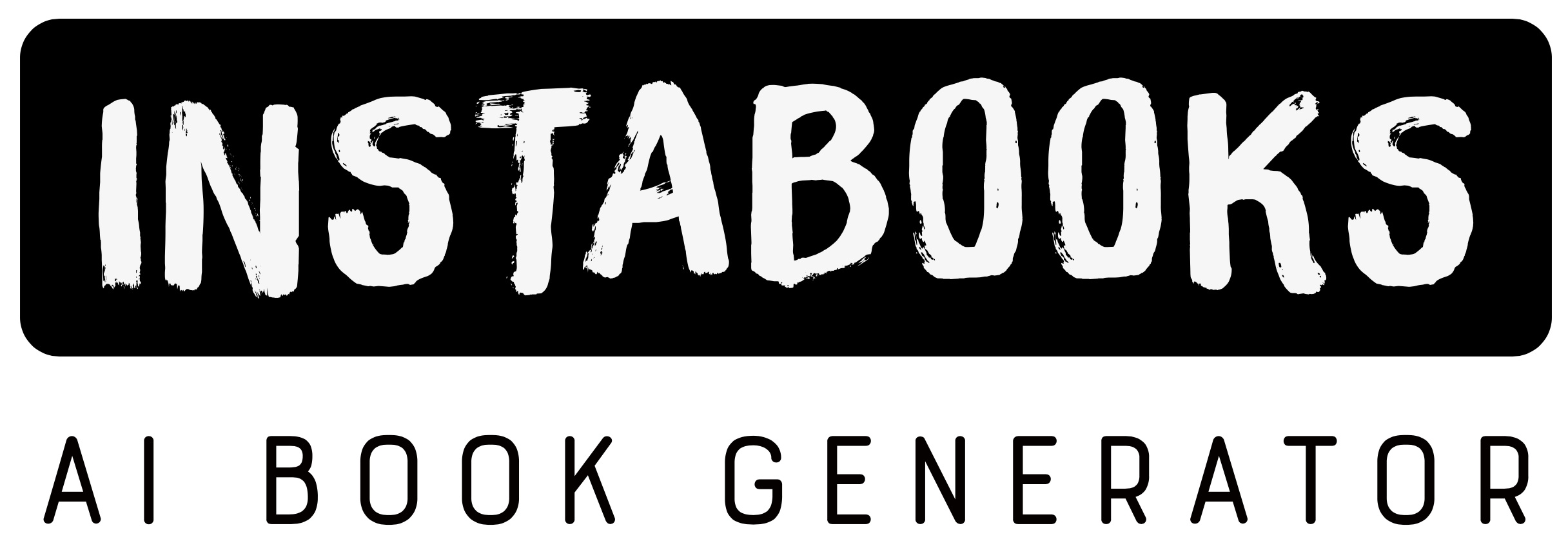
Unveiling the Hidden Role of ORF48
Exploring the Crucial Role of ORF48 in KSHV's Lytic Replication and Immune Escape
Included:
✓ 200+ Page AI-Generated Book
✓ ePub eBook File — read on Kindle & Apple Books
✓ PDF Print File (Easy Printing)
✓ Word DOCX File (Easy Editing)
✓ Hi-Res Print-Ready Book Cover (No Logo Watermark)
✓ Full Commercial Use Rights — keep 100% of royalties
✓ Publish under your own Author Name
✓ Sell on Amazon KDP, IngramSpark, Lulu, Blurb & Gumroad to millions of readers worldwide
Understanding Kaposi's Sarcoma-Associated Herpesvirus (KSHV)
Kaposi's sarcoma-associated herpesvirus (KSHV) stands out due to its involvement in causing severe cancers like Kaposi's Sarcoma and Primary Effusion Lymphoma, especially among immunocompromised individuals. The virus's lytic replication phase is critical for both viral production and evading immune detection, making it a focal point for researchers.
The Essential Function of ORF48
Among KSHV's complex proteins, ORF48 emerges as a key player in lytic replication. This book delves into how ORF48 facilitates optimal viral replication by engaging with the cGAS-STING pathway—a pathway pivotal for innate immunity. The result is a sophisticated mechanism of immune evasion and sustained viral productivity.
ORF48 and the cGAS-STING Pathway
Diving deeper, ORF48 acts as a negative regulator of the cGAS-STING pathway. This interaction is vital not only in inhibiting the pathway to block the KSHV's reactivation from latency but also in aiding the virus in flaunting innate immune responses. The binding of ORF48 to STING in particular silences STING-dependent immune signals, allowing KSHV to thrive.
Scientific Insights and Experimental Findings
This book provides an array of experimental studies that highlight ORF48's suppressive actions on STING. Cutting-edge research shows that without ORF48, there's a stark decline in lytic gene transcription and viral protein synthesis, alongside decreased viral genome replication. Such insights make ORF48 indispensable for viral virulence and robust replication cycles.
Future Directions and Therapeutic Insights
Beyond showcasing existing knowledge, the book opens dialog on future investigative pathways exploring ORF48's intricate mechanisms. It also identifies ORF48 as a potential target for innovative antiviral therapies, aiming to curb KSHV's pathogenic prowess and offering hope for intervention strategies in associated diseases.
Table of Contents
1. Understanding KSHV's Impact- Clinical Significance of KSHV
- Lytic vs. Latent Phases
- Overview of Viral Life Cycle
2. cGAS-STING Pathway Demystified
- Mechanisms of Innate Immunity
- Role in Viral Detection
- KSHV's Evasion Strategies
3. ORF48's Molecular Interactions
- Binding Dynamics with STING
- Modulation of Immune Responses
- Experimental Methodologies
4. Consequences of ORF48 Deletion
- Transcriptional Disruptions
- Impact on Protein Synthesis
- Genome Replication Deficits
5. Role in Immune Evasion
- Inhibiting Reactivation
- Silencing Immune Pathways
- Maintaining Viral Latency
6. Exploring Additional Mechanisms
- Beyond STING Interaction
- Redundant and Overlapping Functions
- Potential Singaling Pathways
7. Experimental Evidence and Techniques
- Gene Knockout Studies
- siRNA Techniques
- Protein Interaction Assays
8. Therapeutic Implications
- Identifying Drug Targets
- Potential Antiviral Strategies
- Future Research Directions
9. Clinical Case Studies
- Case Review: Kaposi's Sarcoma
- Lymphoma Instances
- Effectiveness of Current Treatments
10. Innovative Research Techniques
- CRISPR-Cas9 in Viral Research
- Advances in Virology
- Immunology Techniques
11. Ethical Considerations
- Bioethics in Viral Research
- Human Trials
- Policy and Practice
12. Summarizing the Journey
- Key Learnings
- Future Directions
- Concluding Thoughts
Target Audience
This book is written for virology researchers, medical professionals, and students interested in understanding KSHV's mechanisms, particularly focusing on ORF48's role in lytic replication and immune evasion.
Key Takeaways
- In-depth understanding of ORF48's role in KSHV lytic replication.
- Comprehensive insights into the cGAS-STING pathway interaction.
- Experimental techniques and evidence showing ORF48's necessity for viral production.
- Potential therapeutic approaches targeting ORF48.
- Future research directions and clinical applications in anti-KSHV strategies.
